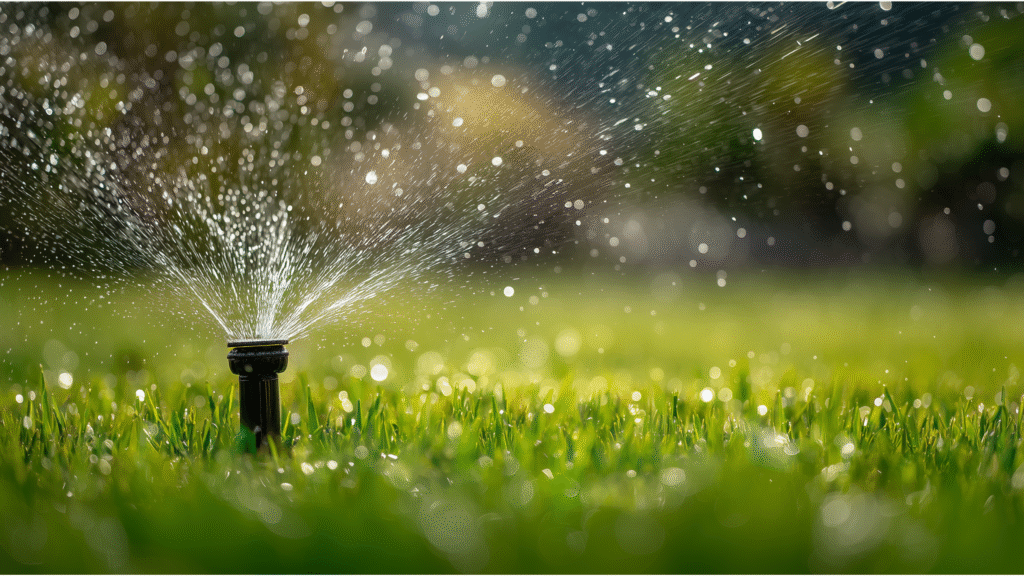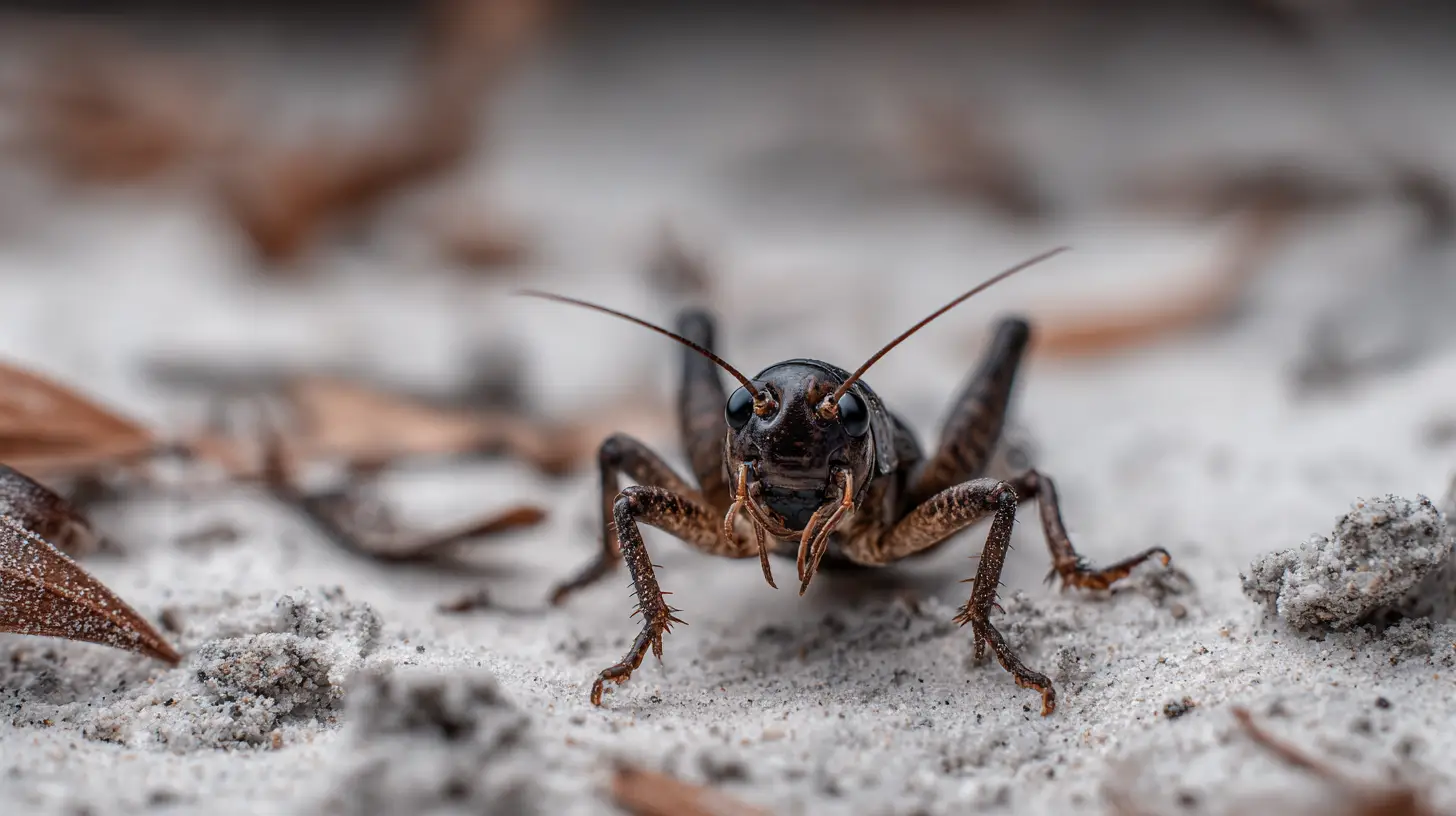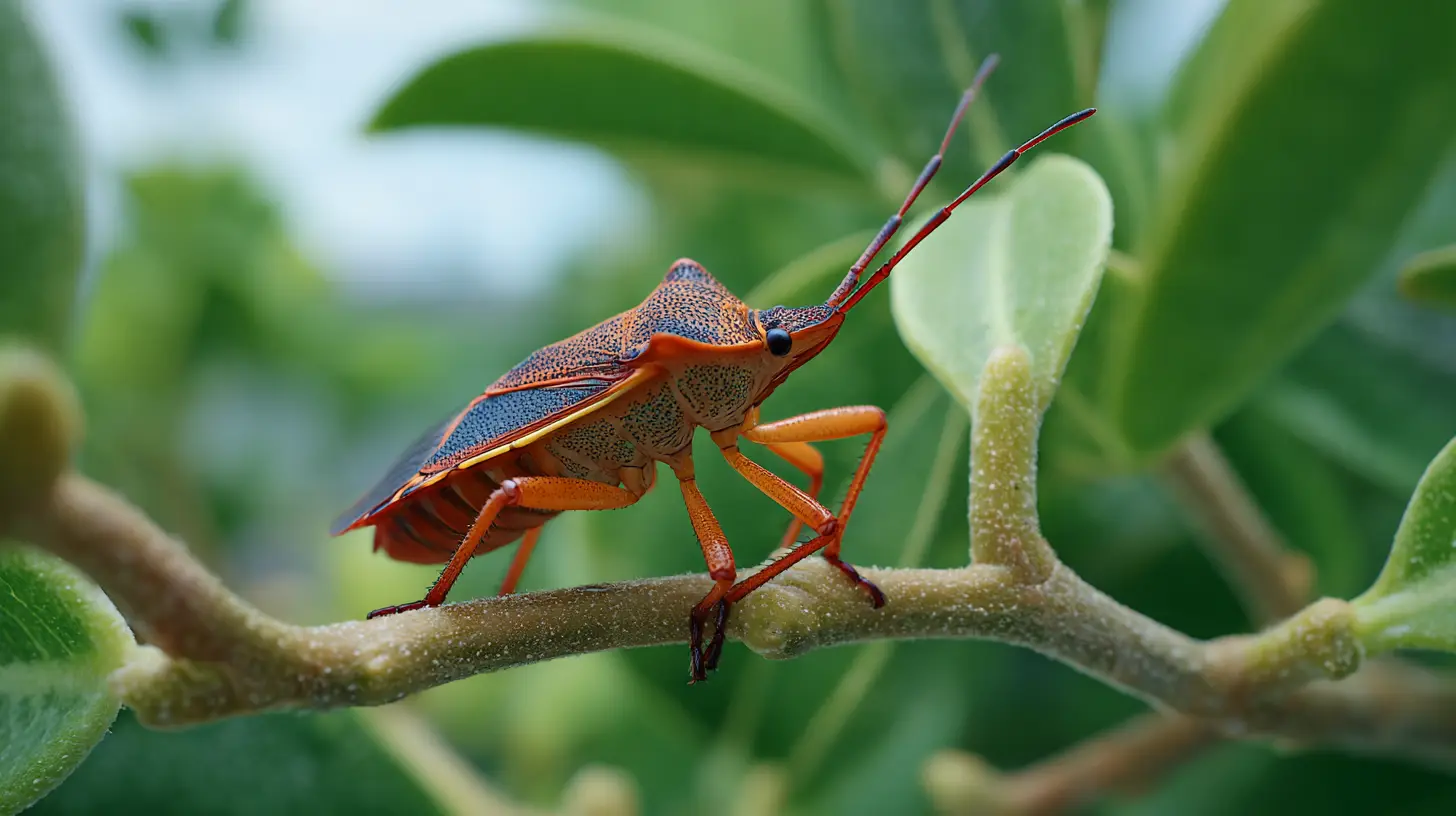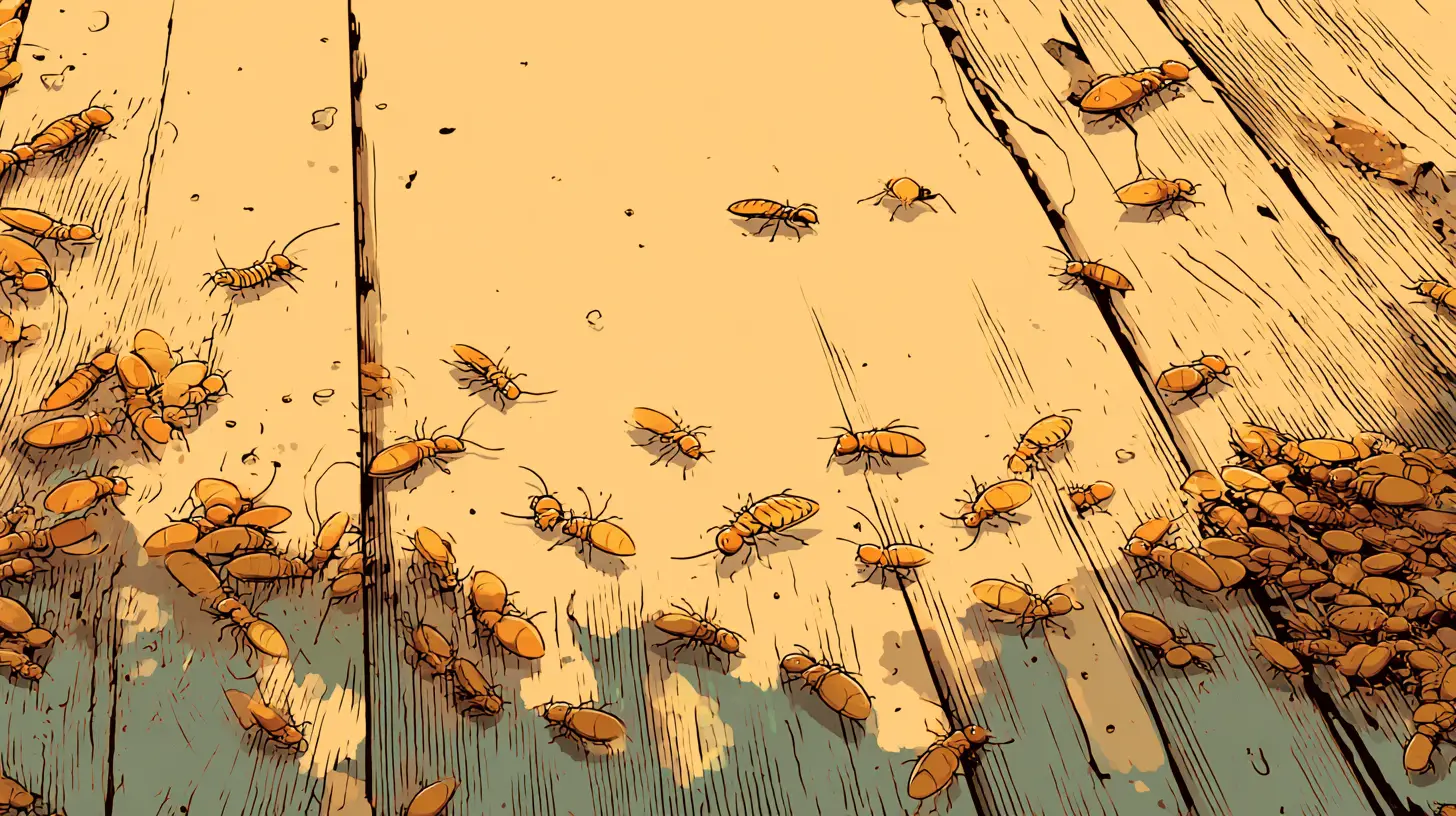
Table of Contents
Water grass the smart way and your Sarasota lawn will look like it belongs on a real estate flyer instead of a “help me” meme. Around here we swing from sunny-dry to daily downpours, and your turf (St. Augustine, Zoysia, Bermuda) acts very differently in January than it does in August. This quick guide cuts the fluff and tells you exactly how much to water, when to run the sprinklers, and how to keep fungus, mosquitoes, and chinch bugs from throwing a backyard tantrum.
Key takeaways
- Follow local rules: Sarasota County = typically 1 assigned day/week and no watering 10 a.m.–4 p.m. (some city pockets differ—check your address).
- Think “deep, not often”: About ½–¾″ per session is the sweet spot for most zones.
- Use rainfall like free babysitting: Summer storms often meet your weekly inch—skip irrigation when nature shows up.
- Read the lawn: Curled blades, bluish cast, and footprints that stick around = it’s thirsty. Mushrooms and mushy spots = you overdid it.
- Pests love bad watering habits: Overwatered lawns invite fungus, dollarweed, and mosquitoes; underwatered St. Augustine screams for chinch-bug trouble.
- Morning wins: Water before the sun gets spicy. Night watering = fungus party.
Sarasota’s seasons, your lawn’s mood
Dry & mild (Nov–Feb)
Growth slows. Lawns need ¼–½″ per week. Many weeks you can water every 10–14 days and be fine.
How to set your timer: One deep morning cycle (20–40 min depending on heads) on your assigned day. Skip if you get decent rain.
Heads-up: Overwatering in cool weather is the fastest way to get large patch fungus in St. Augustine.
Warming up (Mar–May)
Grass wakes up hungry. Aim for ¾–1″ per week total (rain + irrigation).
March: Often one deep weekly soak does it.
April–early May: Hotter, drier—split into two lighter cycles if your area allows, or do one longer Sarasota-legal soak and spot-water trouble patches by hand.
Pro move: Raise mower height a notch to shade roots and keep moisture longer.
Rainy reality (Jun–Sep)
Yes, it’s raining. A lot. Grass can “use” 1–1¼″/week, but storms usually cover it.
What to do: Let the rain pay the bill. Only water after several dry days and visible stress.
Fungus watch: No evening irrigation. If mushrooms appear, cut back.
Slide into fall (Oct)
Rain backs off. Target ~¾″/week. Resume a steady once-a-week deep cycle. If your lawn looks perky and soil stays moist 2″ down, shave time off the next run.

Get a Greener Lawn Today!
Trust Waves Pest Control for professional lawn care in Sarasota, FL. Call now or request your free quote online!
Request a QuoteHow long to run each zone (simple, not fussy)
- Rotor heads: ~30–45 min ≈ ½–¾″
- Spray heads: ~15–20 min ≈ ½–¾″
Put a few tuna cans in the yard once to see what your system actually delivers, then lock it in. If water puddles, use cycle–soak: two shorter runs with a break in between.
Read the grass like a local
- It’s thirsty when: blades curl, color turns dull/blue-gray, footprints linger.
- You overwatered when: mushrooms pop, soil feels squishy, weeds that love wet (hi, dollarweed) move in.
- Only water on your legal day/time. If your week has been stormy, celebrate by turning the system off.
Grass-by-grass cheat sheet
St. Augustine: The diva of Sarasota lawns. Looks amazing when happy, sulks fast when dry. Keep it evenly moist in spring, go lighter in winter. Too much water + warm nights = fungus drama. Curled blades = water next allowed morning.
Zoysia: Low-key and drought-savvy. Often thrives on a bit less. Great candidate for skipping cycles during wet season—still stays plush if the roots are deep.
Bermuda: Heat lover. Can tolerate short dry spells without getting revenge-y. If color matters to you, keep spring watering consistent; in winter it may go tan and that’s normal.
Sarasota-specific tips that save money (and your Saturday)
- Morning only: Run cycles before 10 a.m. Watering in the evening is a fungus invitation.
- Use that rain sensor: Florida law wants you to have one. Your water bill wants it too.
- Spot-water with a hose: If a sunny corner or under a canopy dries faster, hit just that spot instead of running the whole system.
- New sod? Different rules: Fresh installs often allow more frequent watering for the first 30–60 days. After roots grab, switch to the schedule here.
Monthly quick guide (bookmark this)
- Jan–Feb: ¼–½″/week; often every 10–14 days is fine. Keep it light and early.
- Mar: ¾–1″/week as growth returns. One deep cycle usually works.
- Apr–May: Around 1″/week. Split into two lighter cycles if permitted or run one solid Sarasota-legal soak and supplement with hand watering.
- Jun–Aug: Let summer storms carry the load. Irrigate only after several dry days and visible stress.
- Sep: Still stormy early; taper irrigation back on as rains fade late month.
- Oct: About ¾″/week. Back to a steady weekly morning run.
- Nov–Dec: ¼–½″/week; many weeks you can skip. Watch for fungus, not wilt.
Watering mistakes that invite pests
- Soggy soil = mosquito nursery. Standing water in ruts, clogged gutters, or overwatered beds gives mosquitoes a five-star resort.
- Stressed St. Augustine = chinch-bug buffet. Droughty patches draw them in fast.
- Constant moisture = fungus town. Brown circles spreading? That’s not “quirky lawn personality.”
Waves Pest Control Sarasota can pinpoint whether you’ve got a watering issue, a pest issue, or both—and set up a plan that fixes the root cause. Think of us as your lawn’s calm, capable co-parent.
Want a quick yard check? Call Waves Pest Control Sarasota, and we’ll walk your property, peek at irrigation patterns, and flag pest trouble before it snowballs.
Frequently Asked Questions (FAQs)
How often should I water grass in Sarasota, FL?
Most weeks: once—deeply—on your assigned day. In warm, dry spring you might need the equivalent of ~1″/week. In rainy summer, you’ll often skip entirely. Winter can drop to every 10–14 days.
What time of day is best?
Early morning. You’ll get less evaporation and fewer fungus problems. Avoid the 10 a.m.–4 p.m. window—both for rules and for grass health.
How do I know my sprinklers ran “enough”?
Measure output. If a tuna can fills to ½–¾″ during a run, you’re set. Also check soil: moist 4–6″ down = mission accomplished.
My St. Augustine is wilting by day three, but it’s not my day to water. Now what?
Use a hand hose on the worst patches if allowed with an automatic shutoff nozzle. Then adjust next legal cycle a bit longer (without soaking to soup).
Should I water after it rains?
Only if the week’s total won’t reach your target. If storms already delivered your inch, skip the timer and enjoy the savings.
I keep getting mushrooms. What gives?
That’s extra moisture hanging around. Shorten runtimes, switch to morning only, and make sure zones aren’t overlapping. If weird patches spread, call Waves—we’ll check for fungus or hidden leaks.
Do smart controllers help in Sarasota?
Yes. A weather-based controller or a working rain sensor cuts wasted cycles during our summer storm pattern and scales back in winter.










